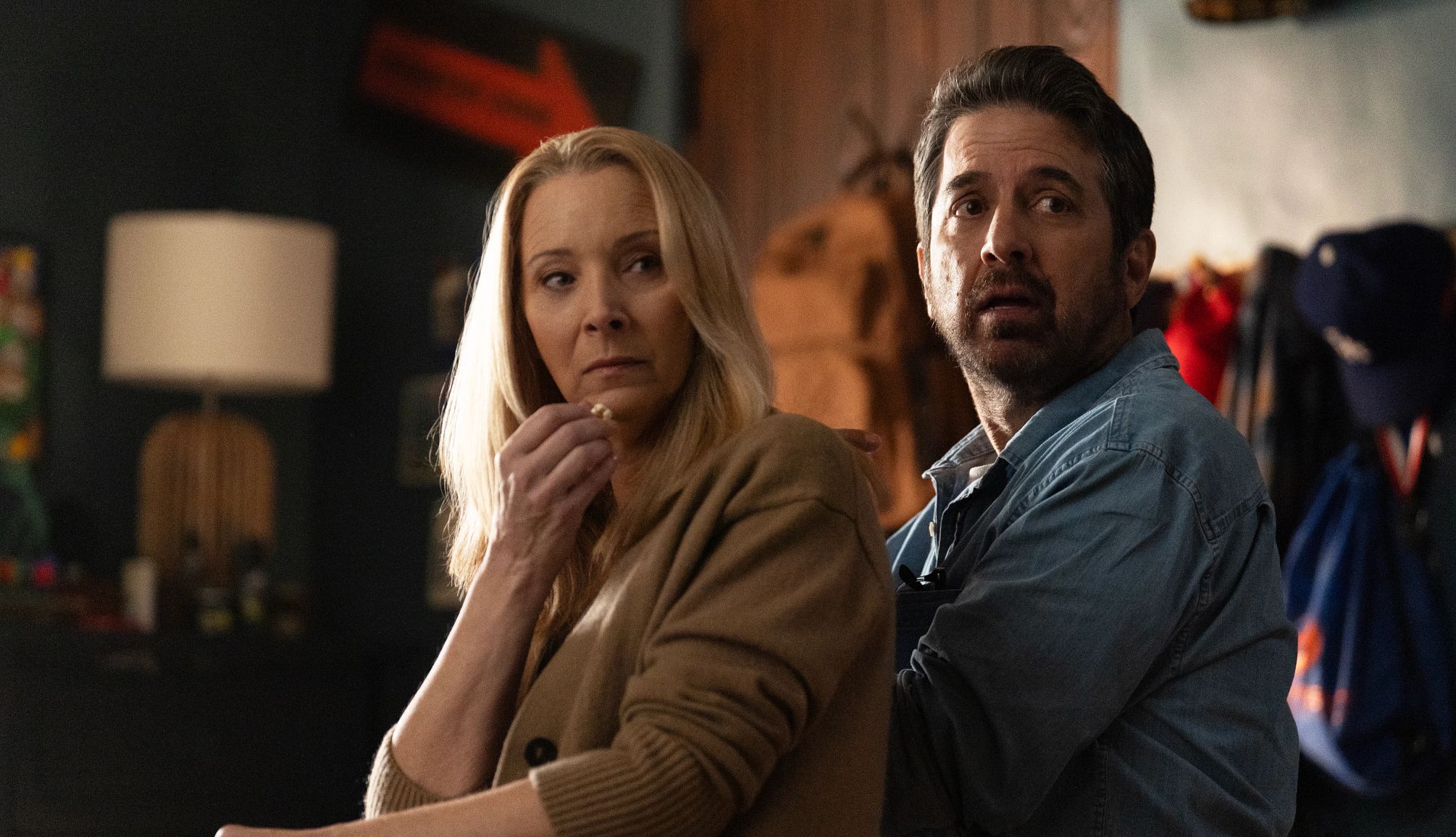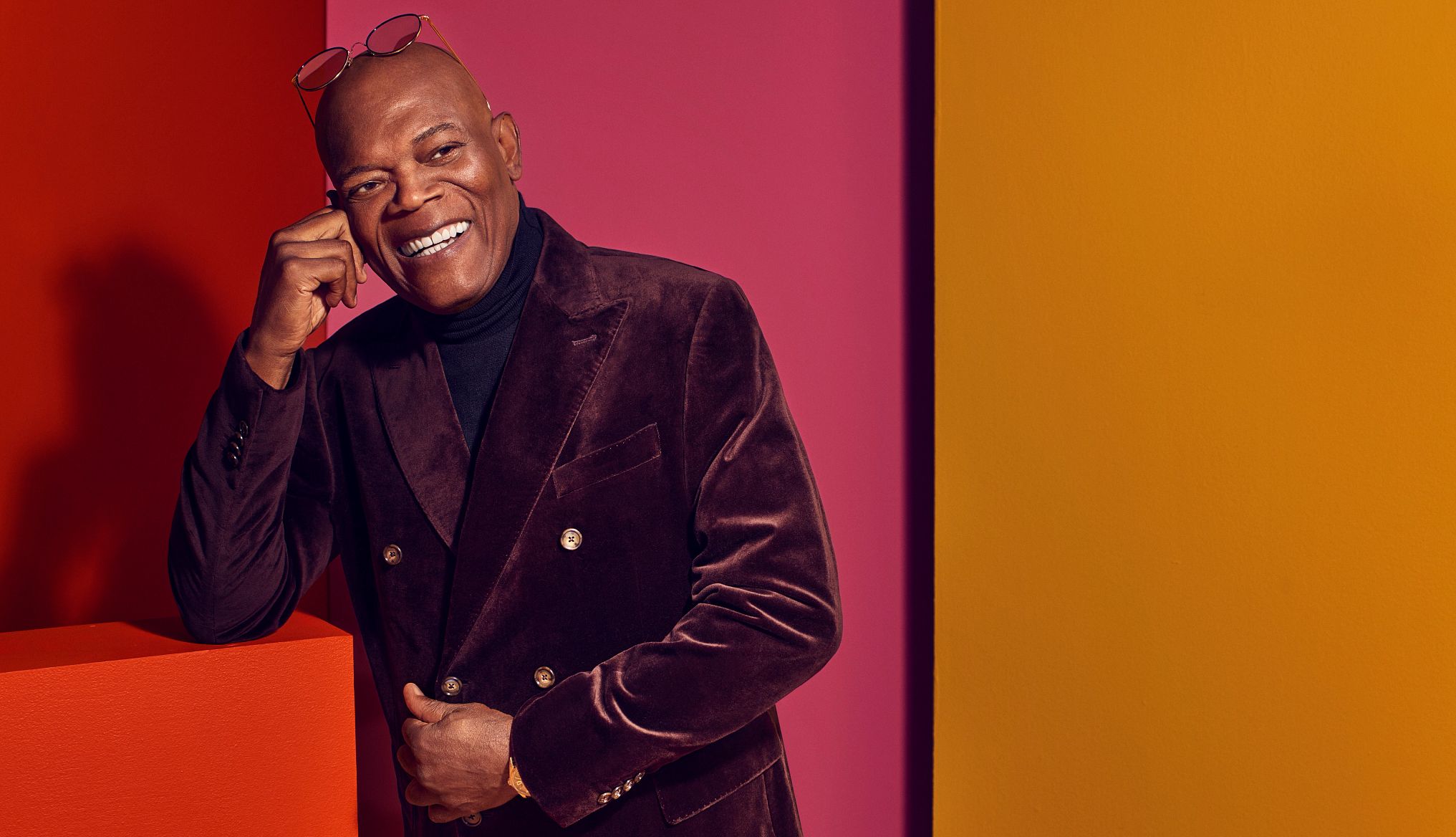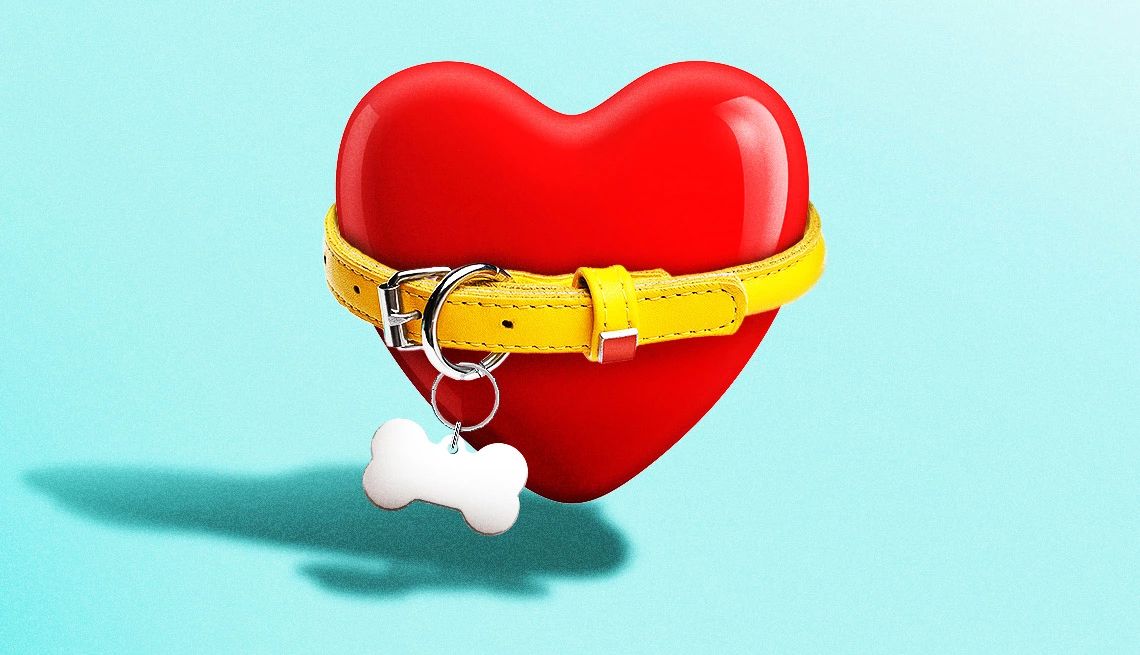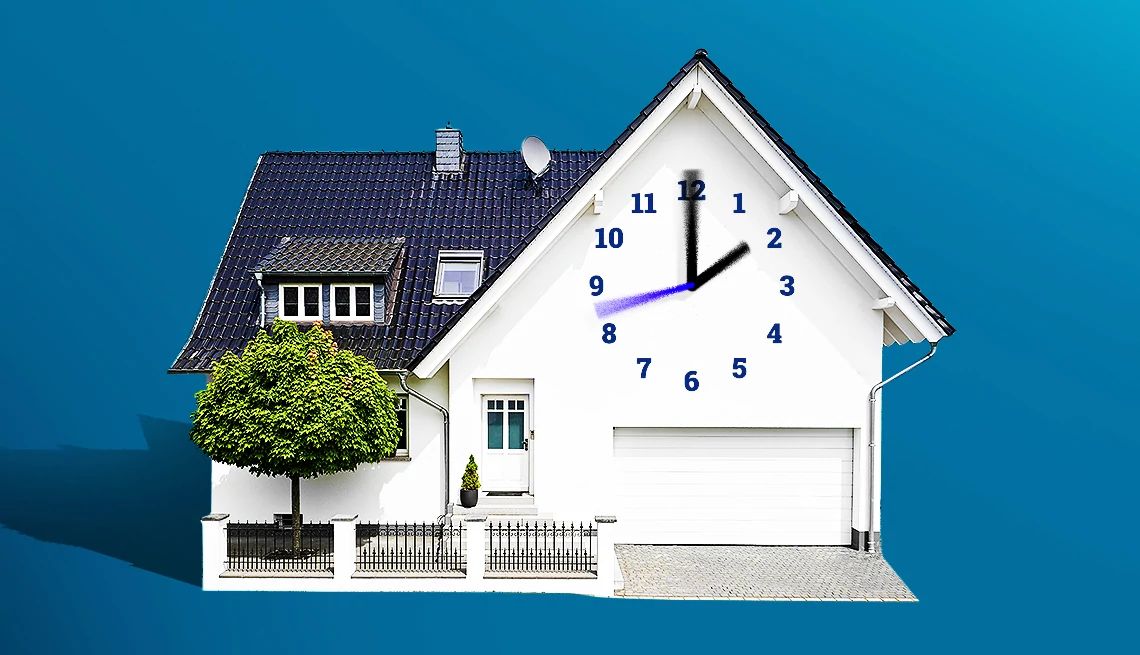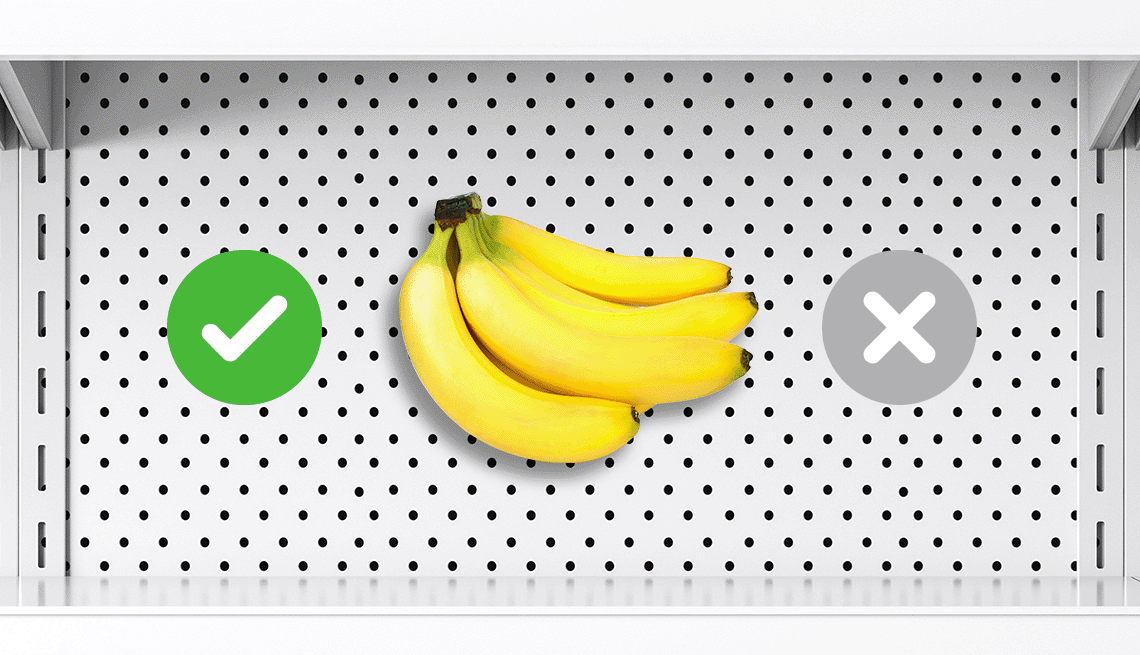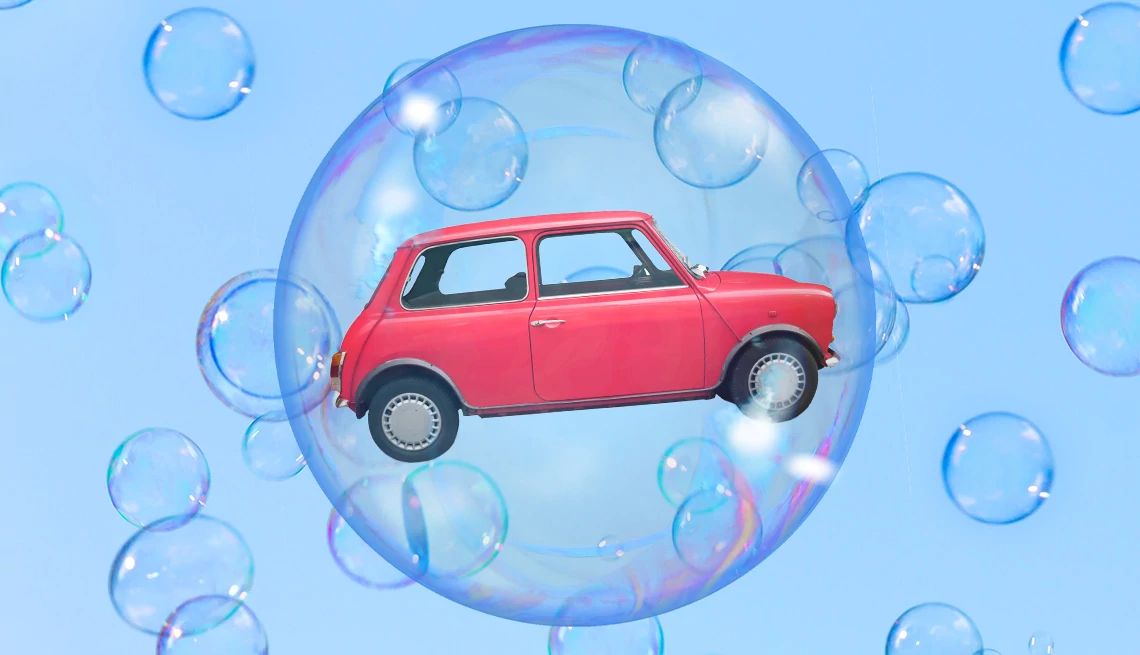AARP Hearing Center
What are the biggest lessons we've learned from the pandemic?
We need to build surge capacity. When it comes to defense, we constantly operate under surge capacity — being ready and able to wage battle at a moment's notice. We don't think of pandemics the same way, and yet they pose a bigger threat than just about anything else. We need to have capacity to handle significant surges in patients: hospital beds, ICU beds, ventilators, personal protective equipment. And yet in this country and a lot of other countries around the world, we have decreased our capacity. Hospital beds are expensive. If you keep them empty, that is a significant cost. What we've seen here is that the significant cost can be worth it.
Any other lessons?
We need a pandemic surveillance team. We used to have one after and during Ebola. It was dismantled a couple of years ago. I think it's human nature, even in your own personal health, that if you don't see a threat, you tend not to deal with it — but that doesn't mean it's not there.
How has COVID-19 changed medicine?
Telehealth has been around for a long while. This virus has turbo-boosted telehealth, and I think we'll be using telehealth in a way we have never used it before. It will affect the medical system overall.












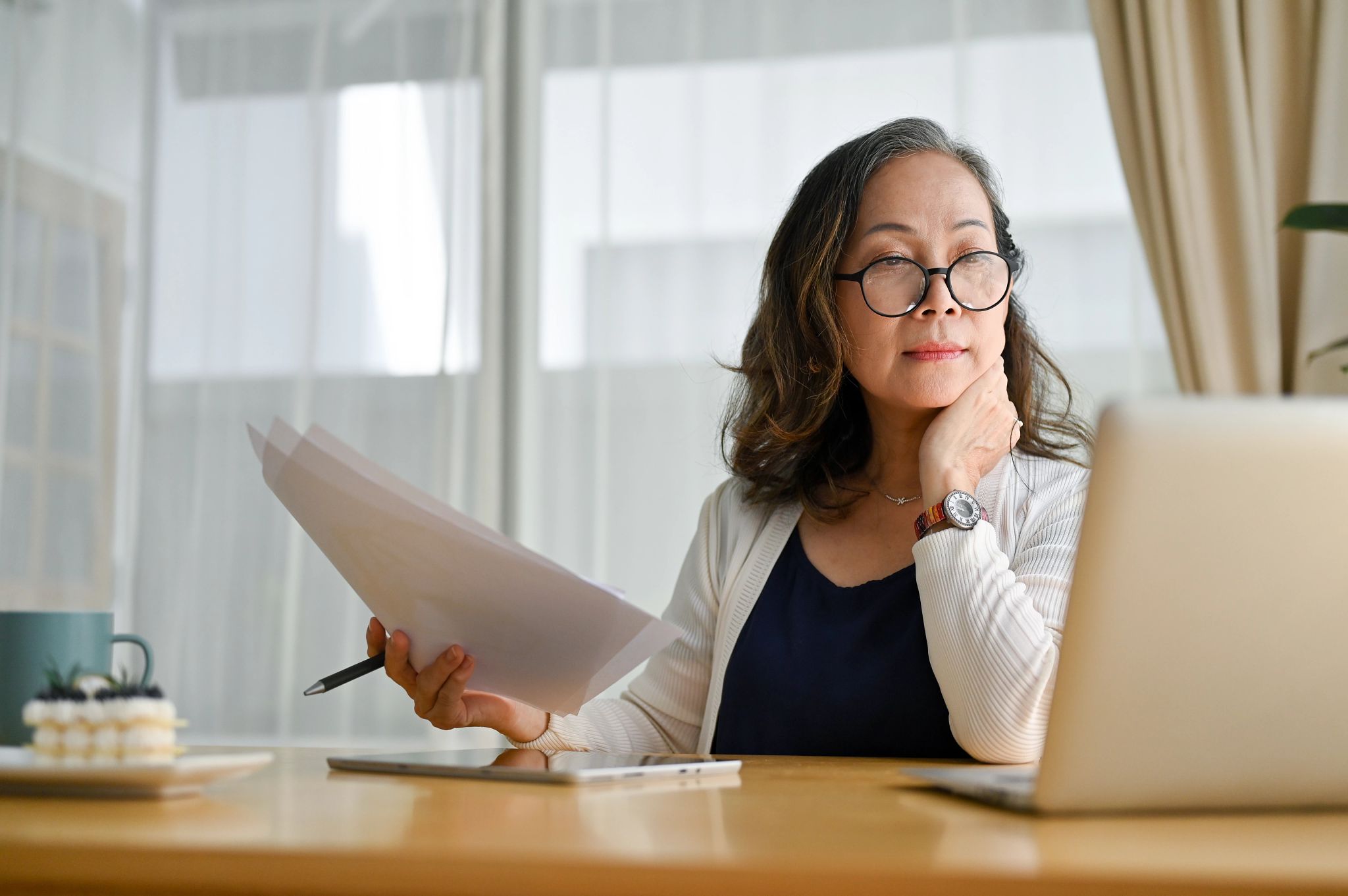







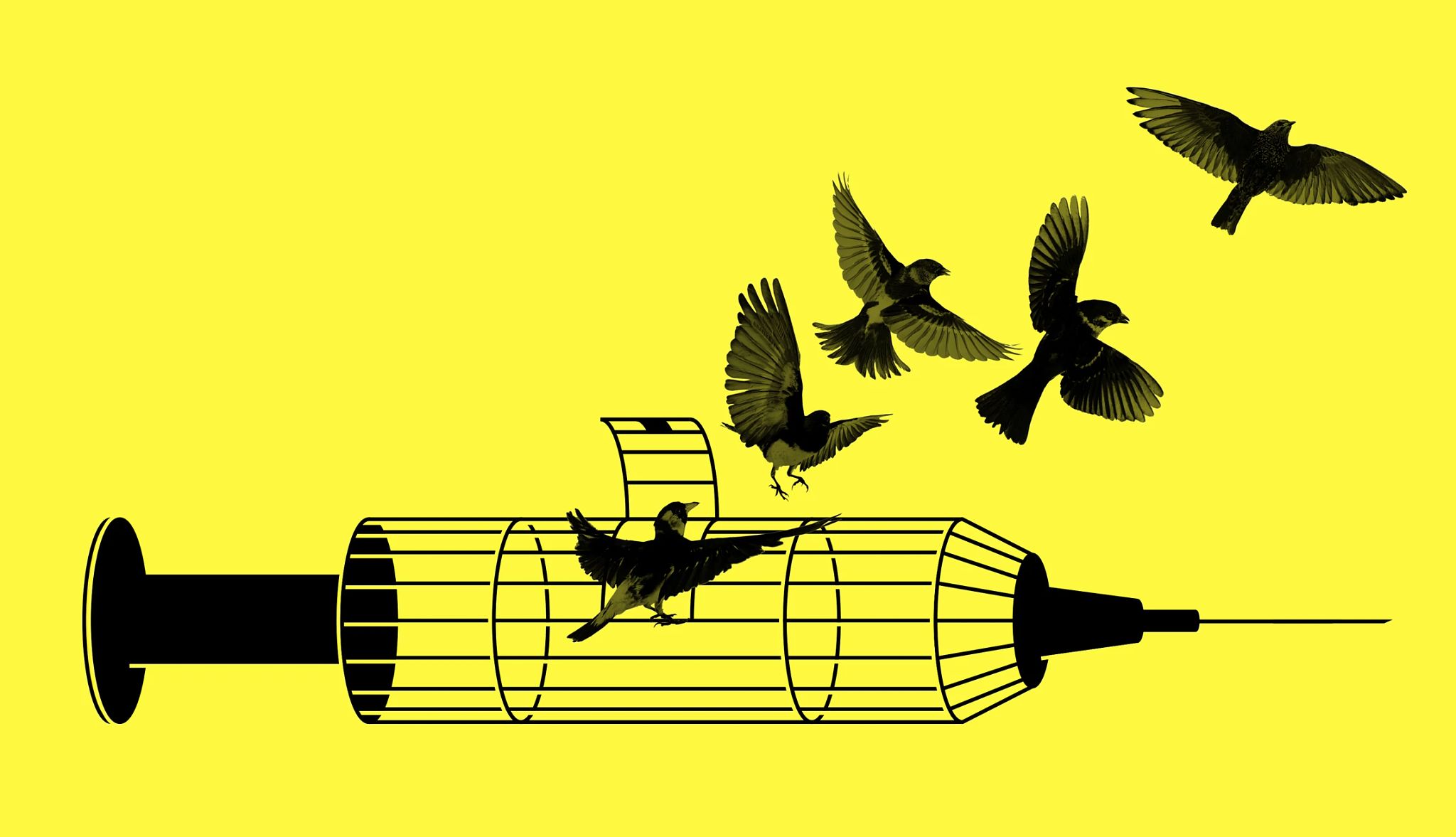




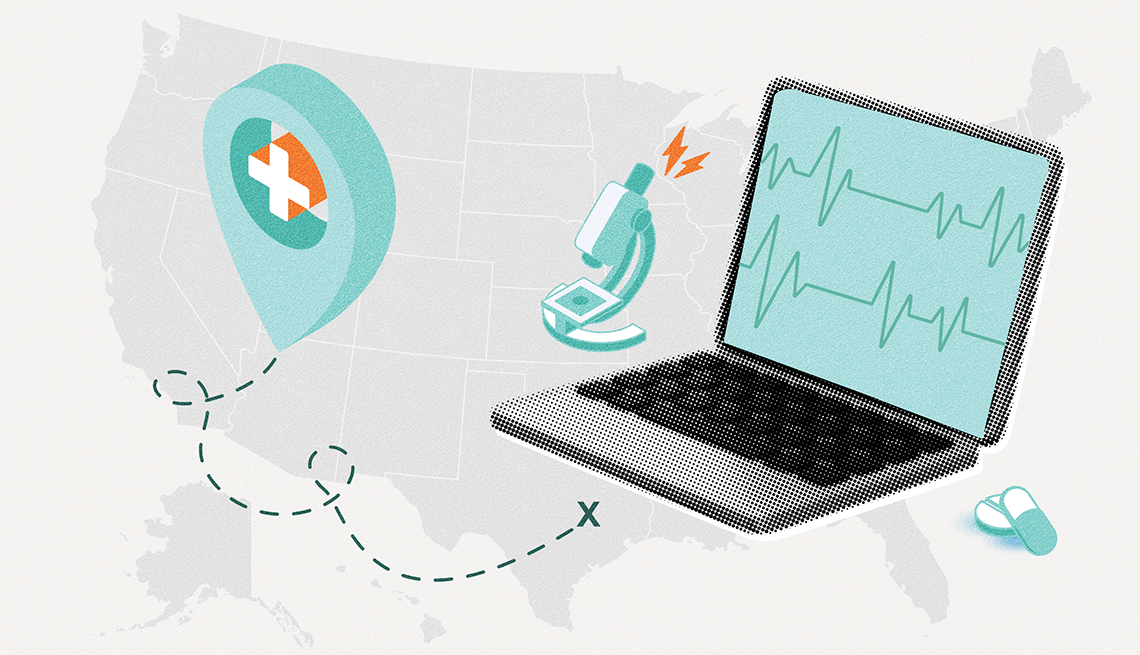






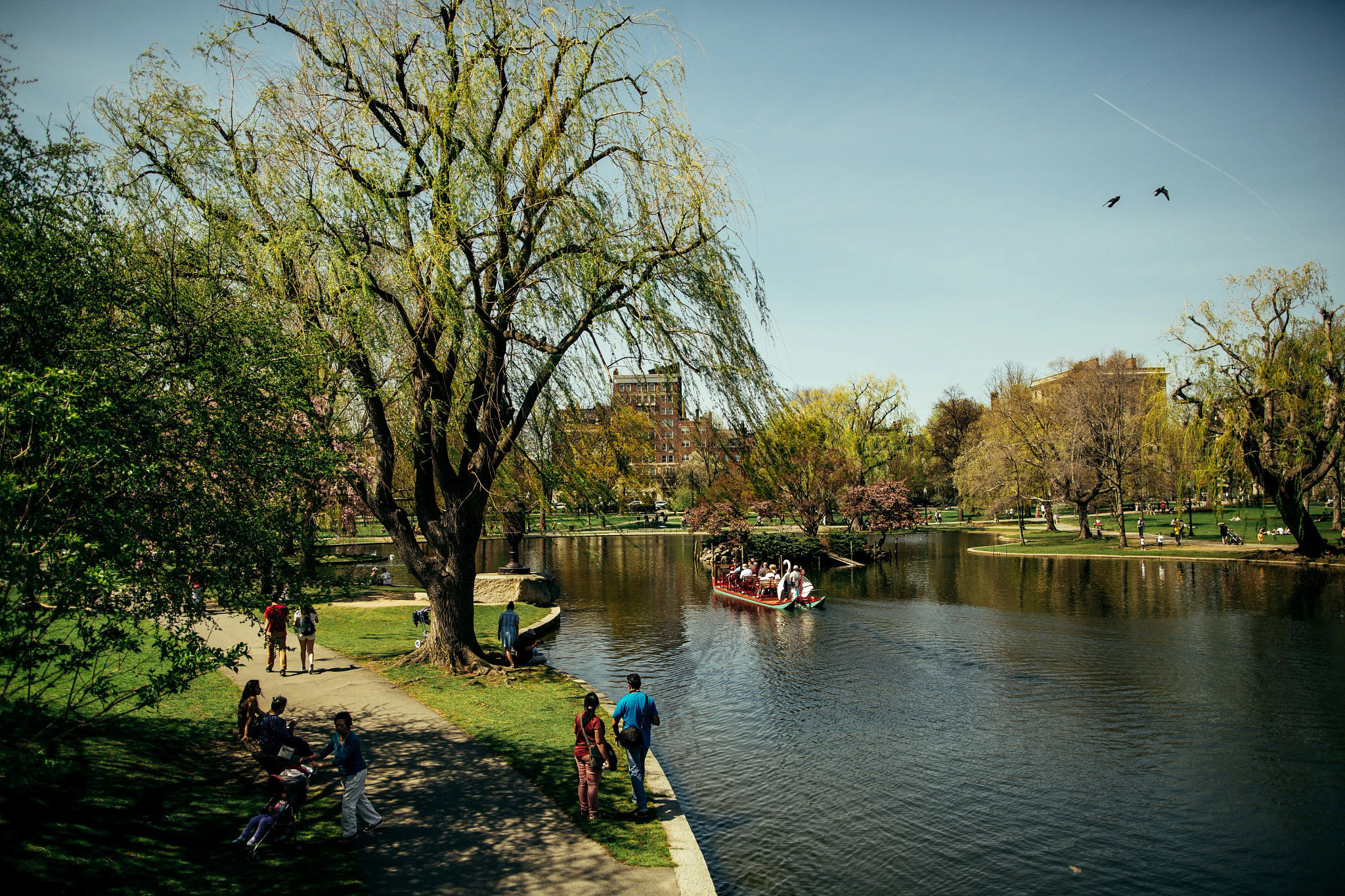.jpg?crop=true&anchor=13,195&q=80&color=ffffffff&u=lywnjt&w=2008&h=1154)



